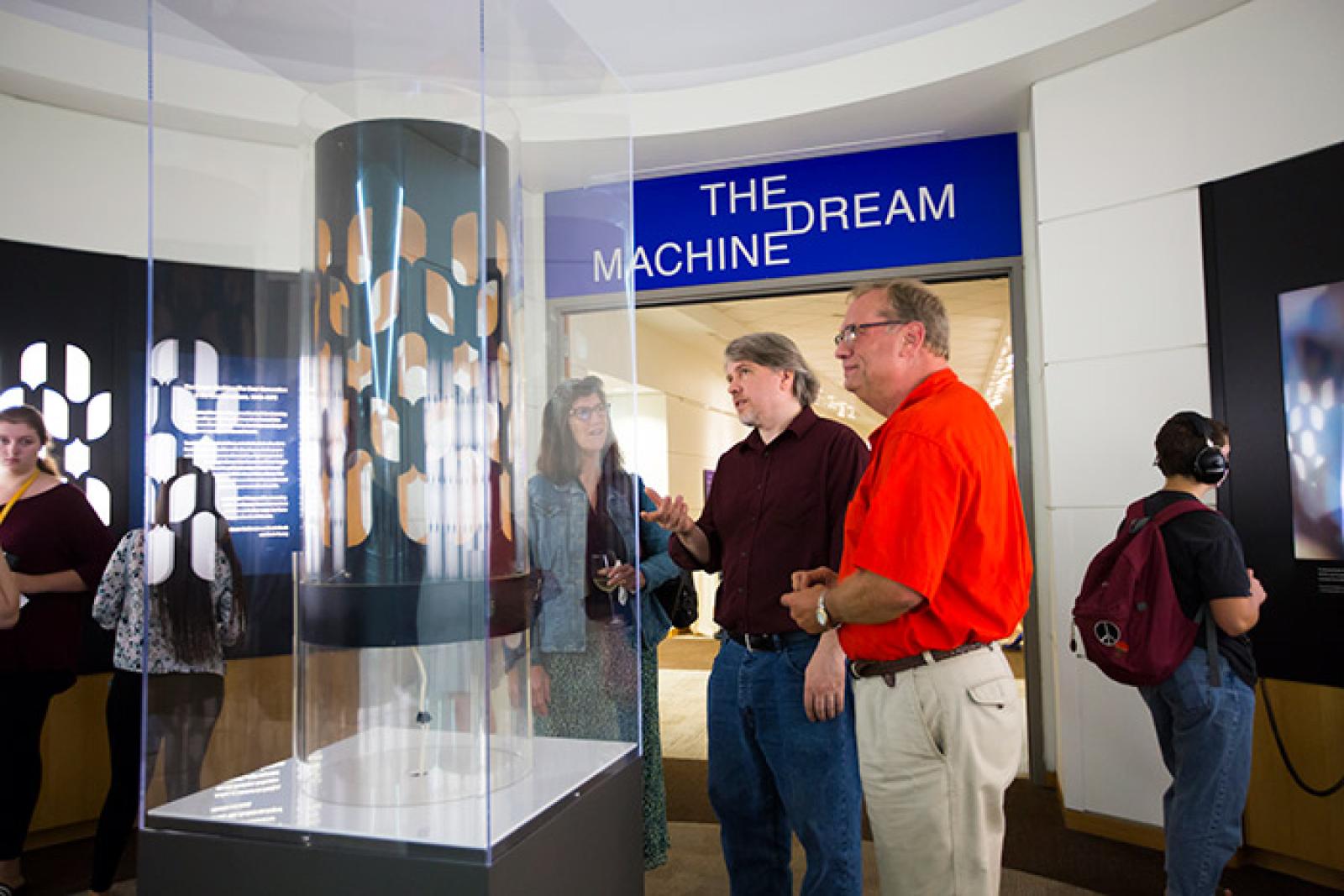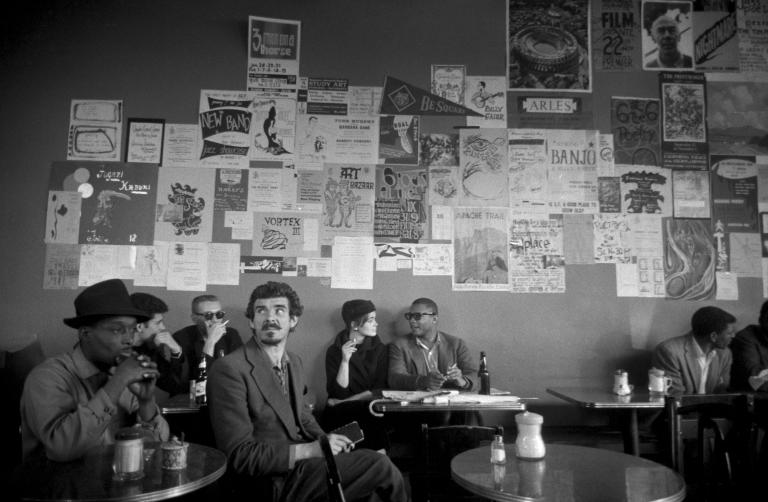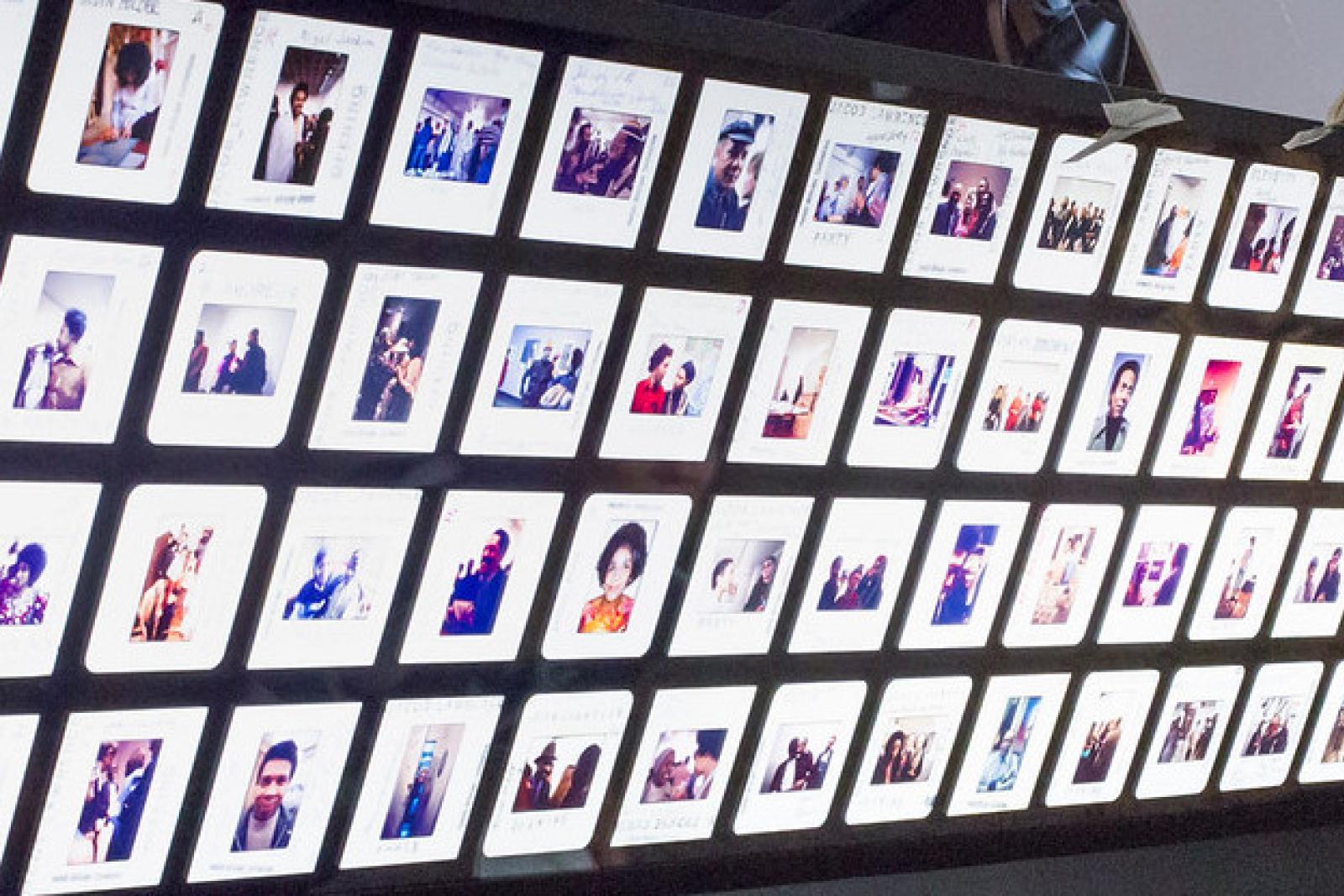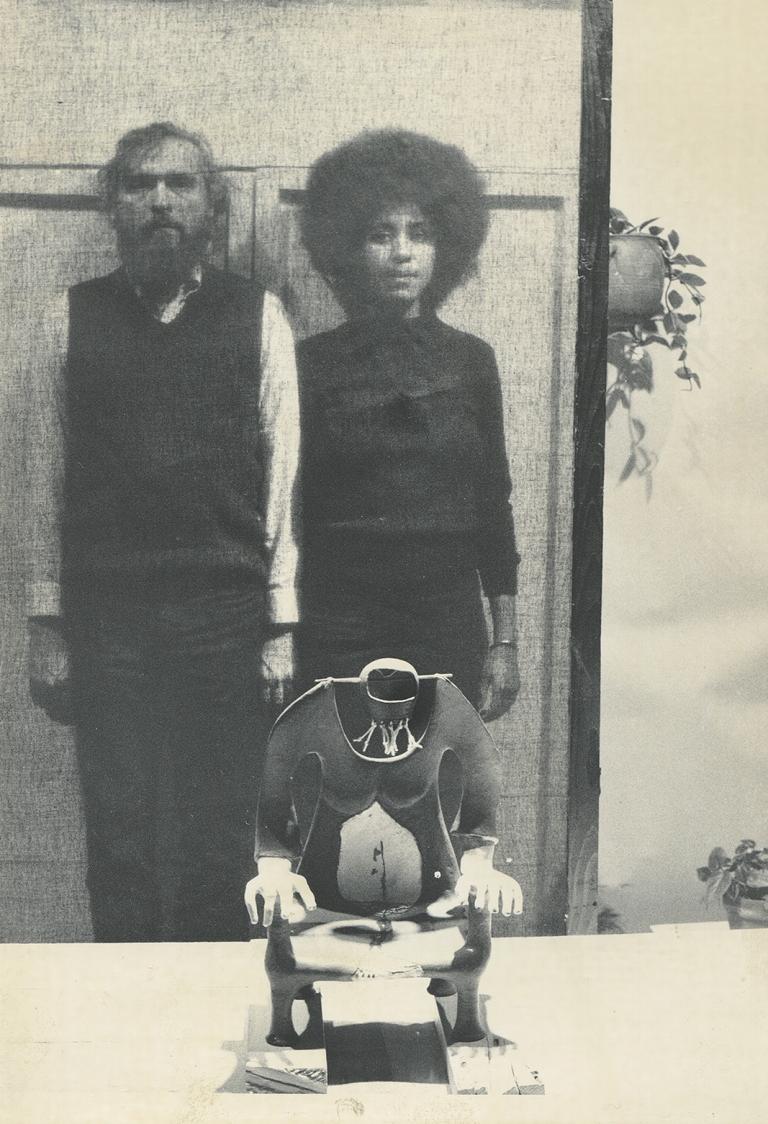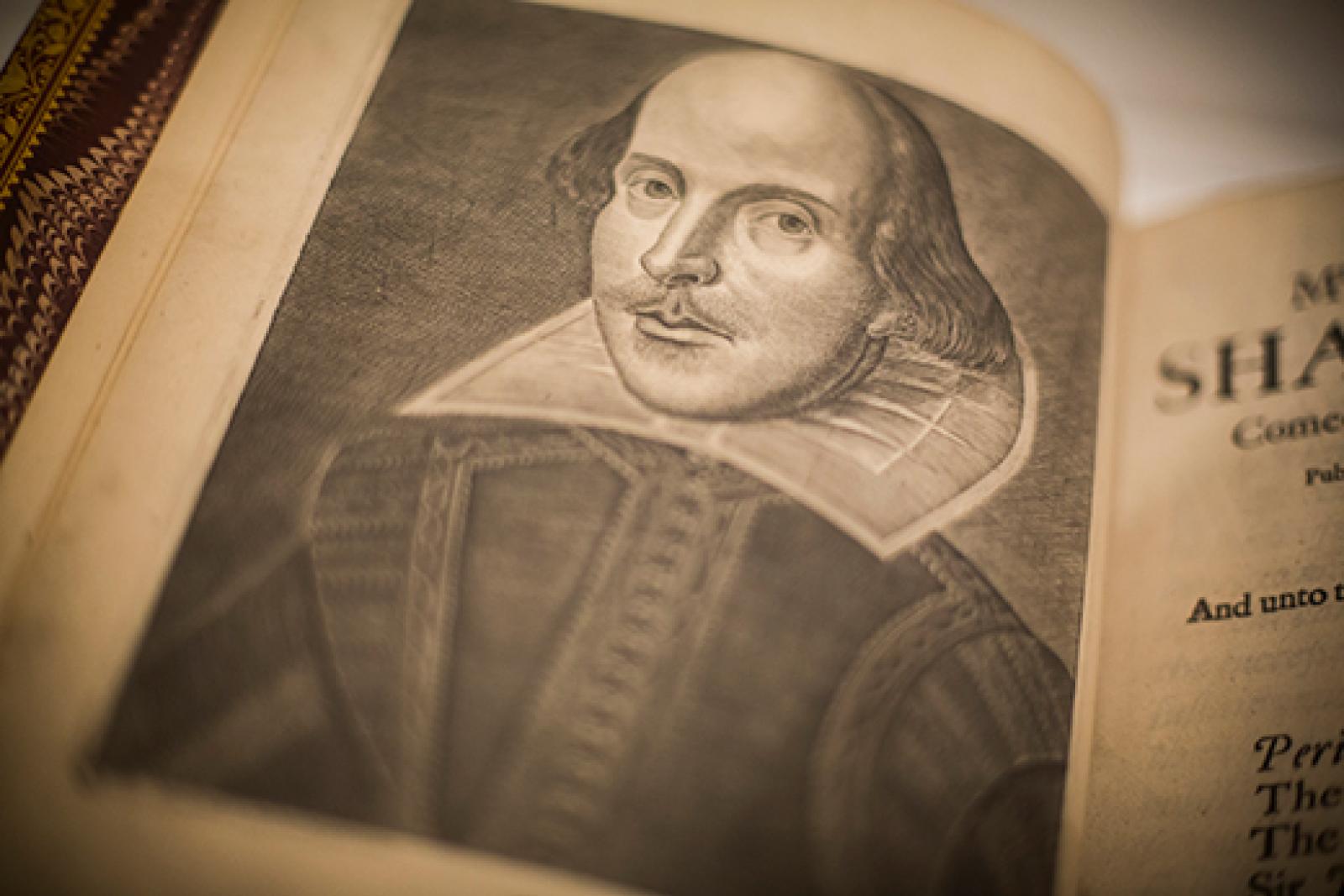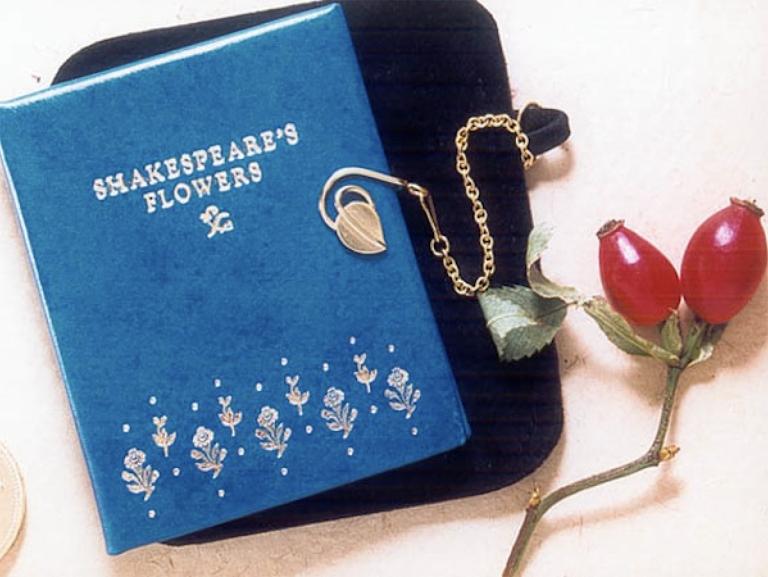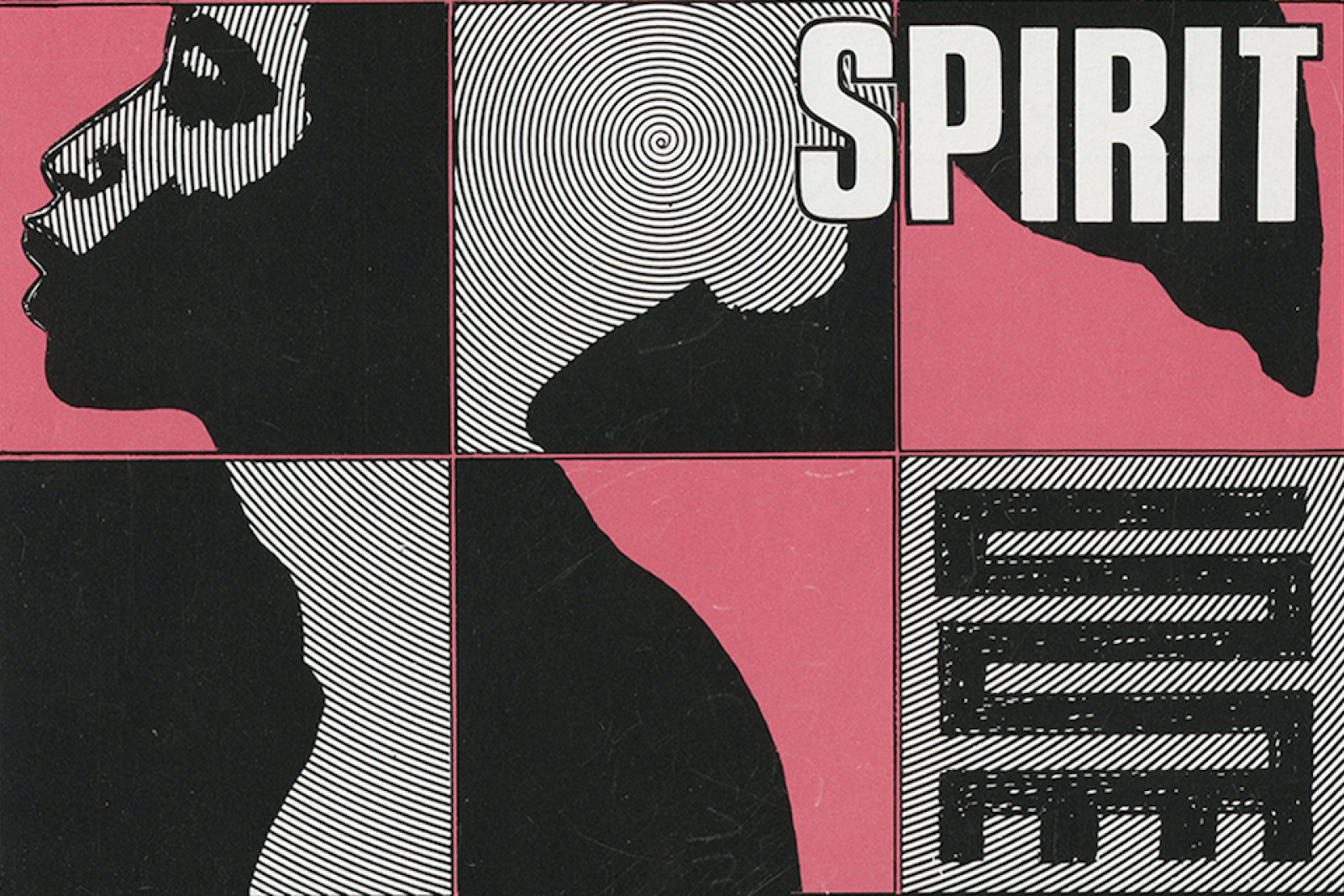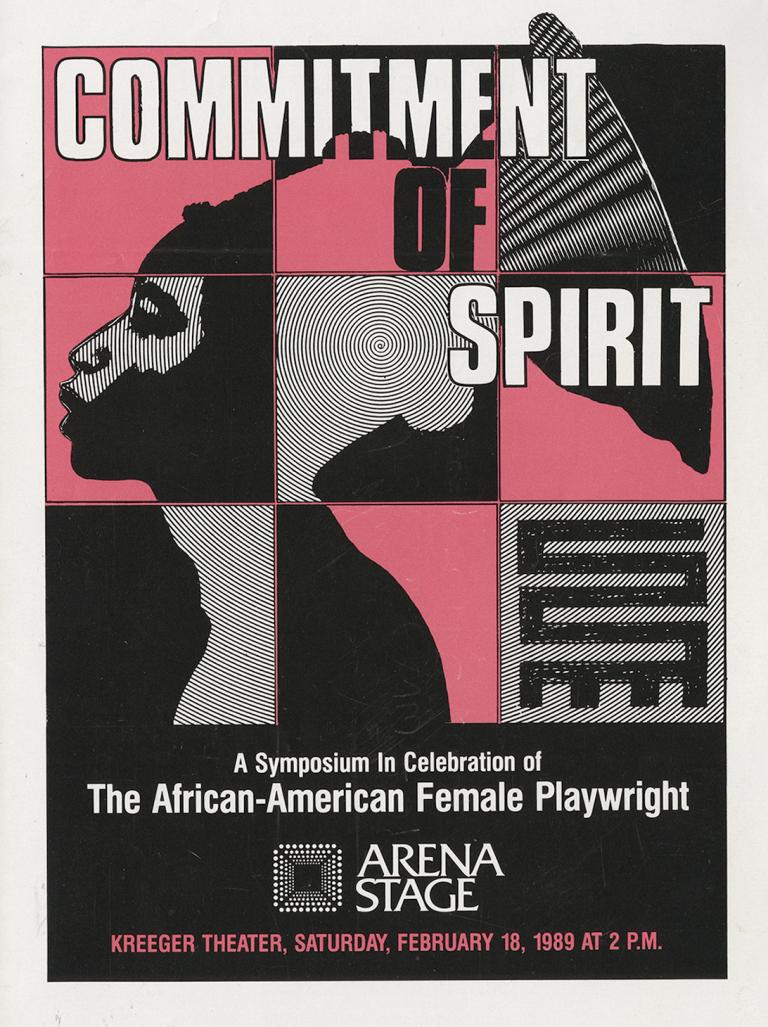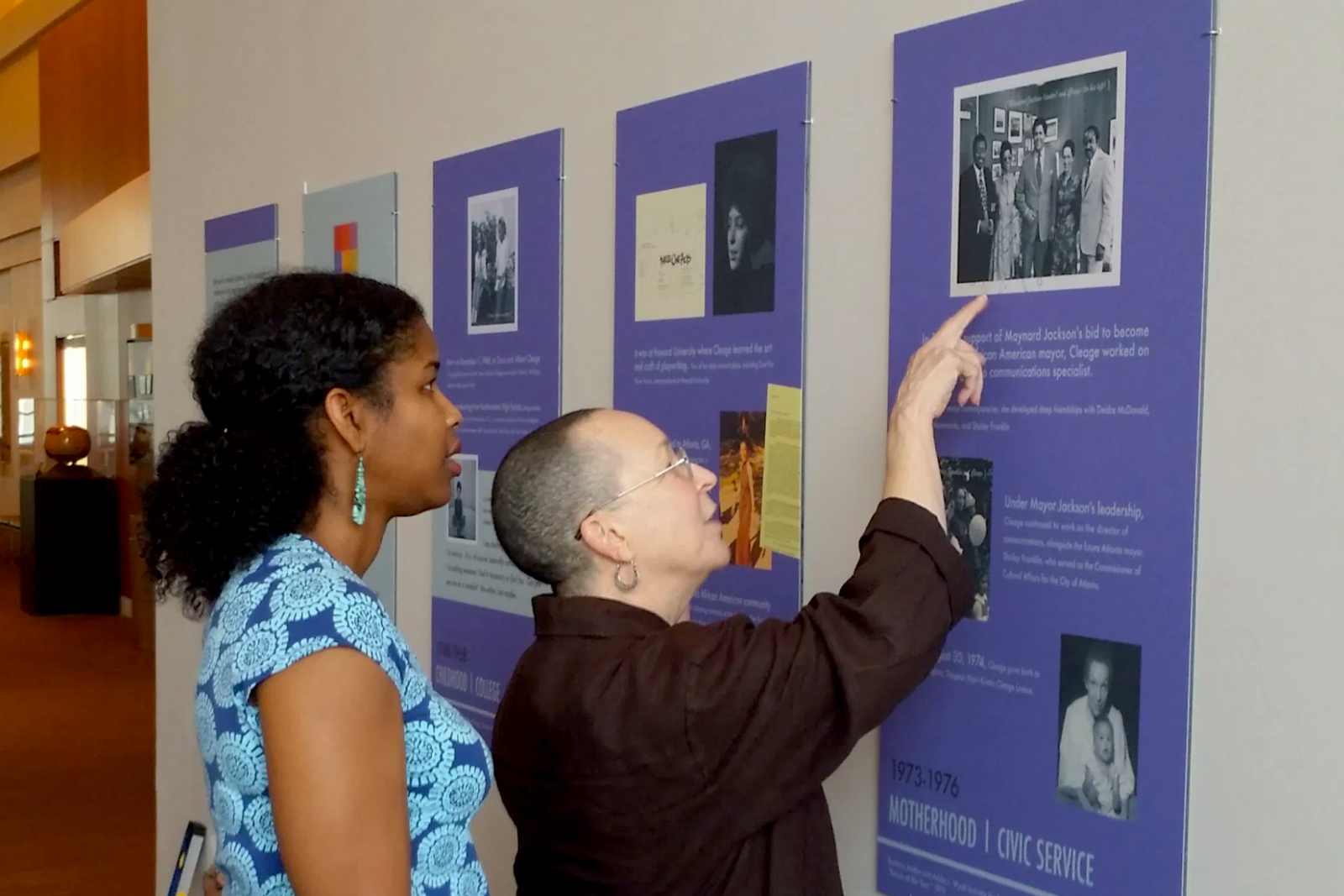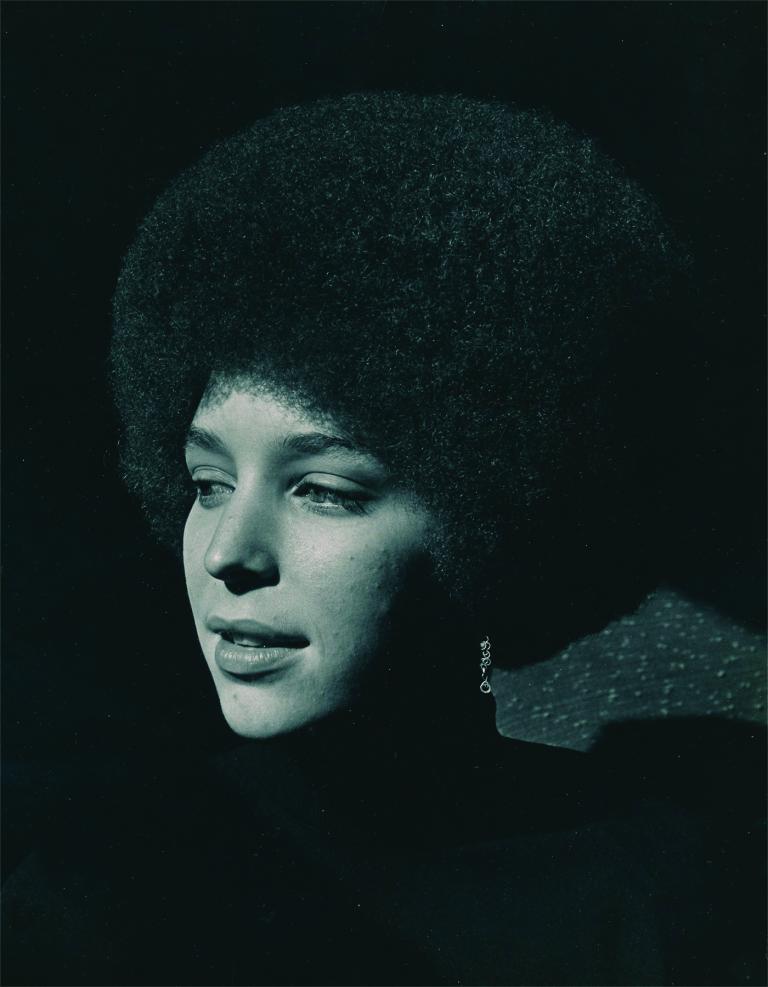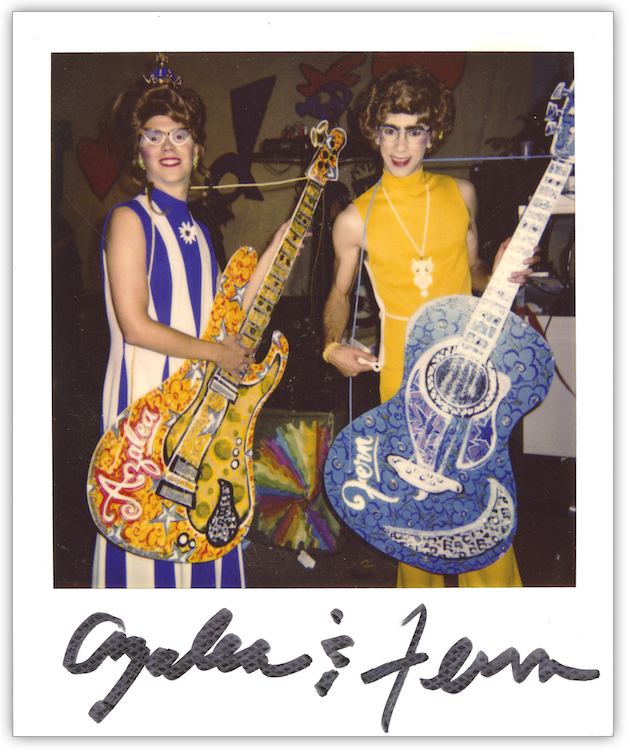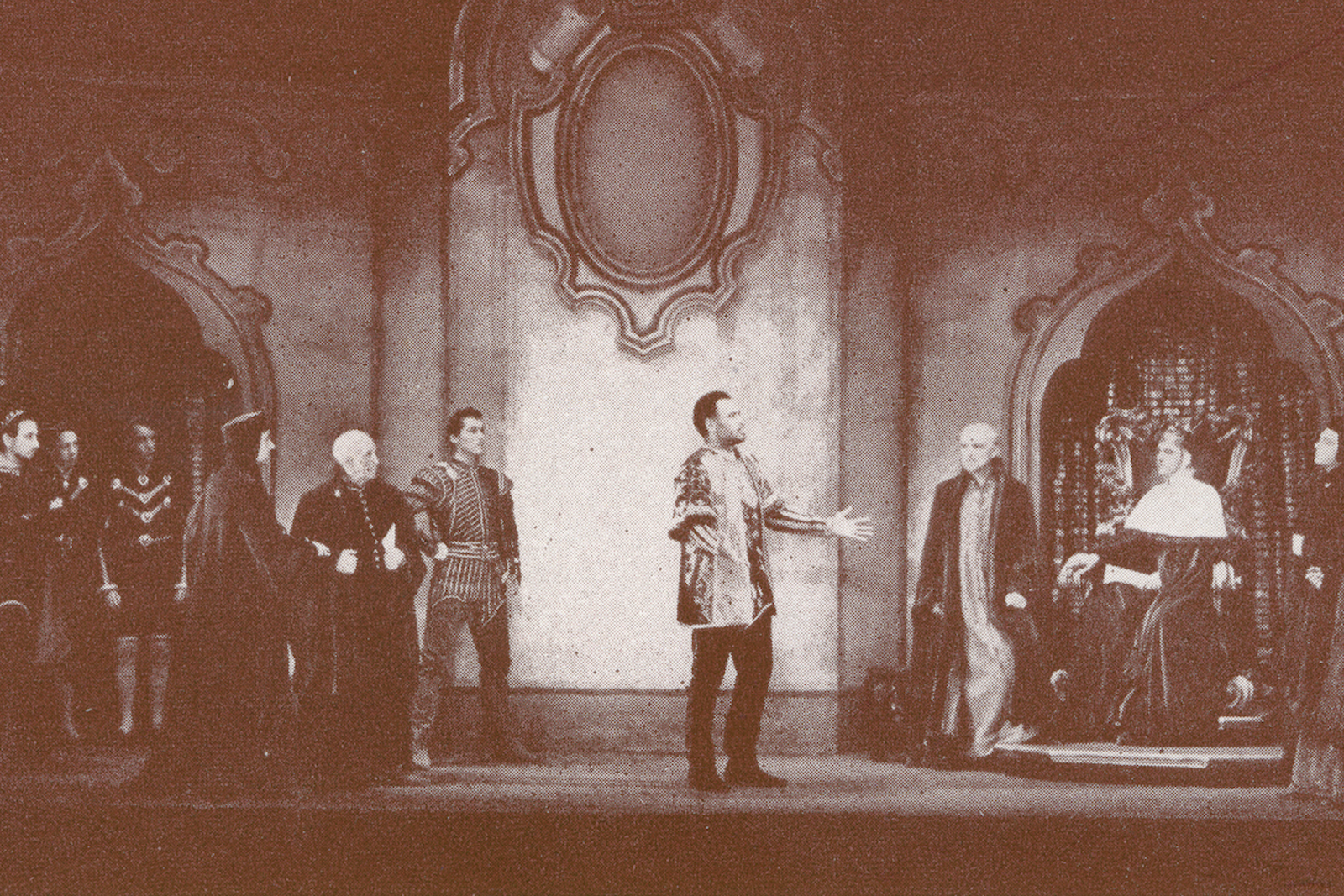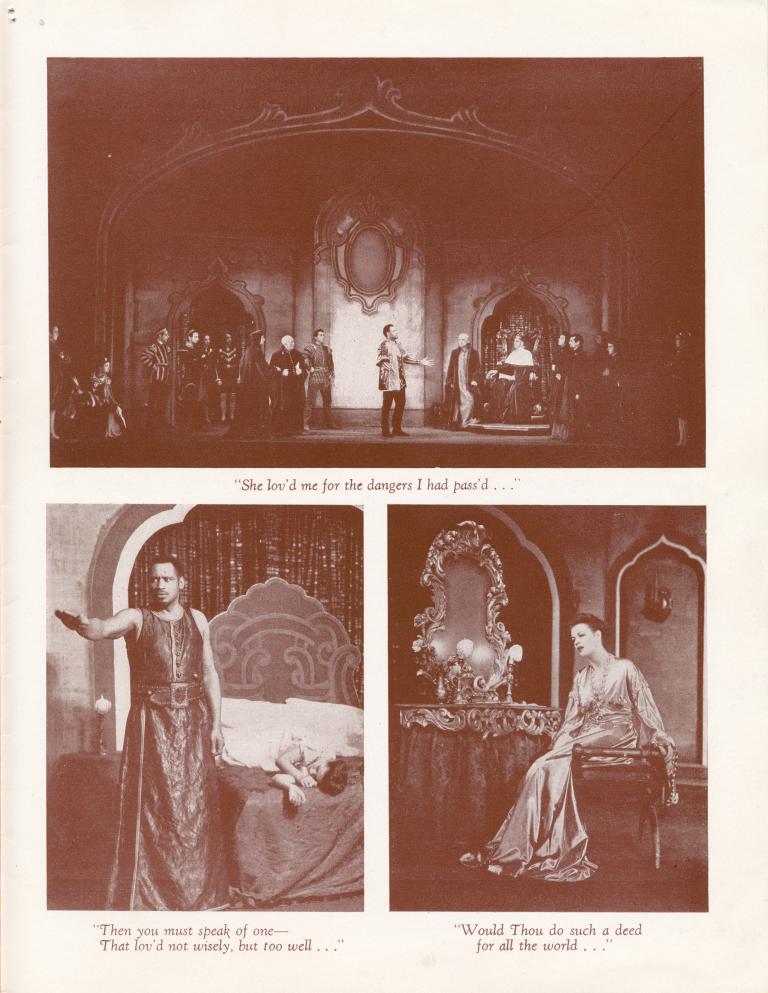The World Between Word and Image
"The World Between Word and Image: Artists' Books and Archives from Atlanta Contemporary Art Center, Nexus Contemporary Art Center, and Nexus Press" presents archival material from the Atlanta Contemporary Art Center, Nexus Contemporary Art Center, and Nexus Press collection held by the Manuscript, Archives, and Rare Book Library (MARBL). It features approximately 15 artists' books displayed at a time in three cases. A fresh crop of books focusing on new themes will be rotated in every three months. A fourth case will feature archival material from records of the Atlanta Contemporary Art Center, the parent organization of Nexus Press.
At this time, the three thematic cases are as follows:
"What Is a Book?"
"History, Memory, and the Reinterpretation of Tradition"
"Photography"
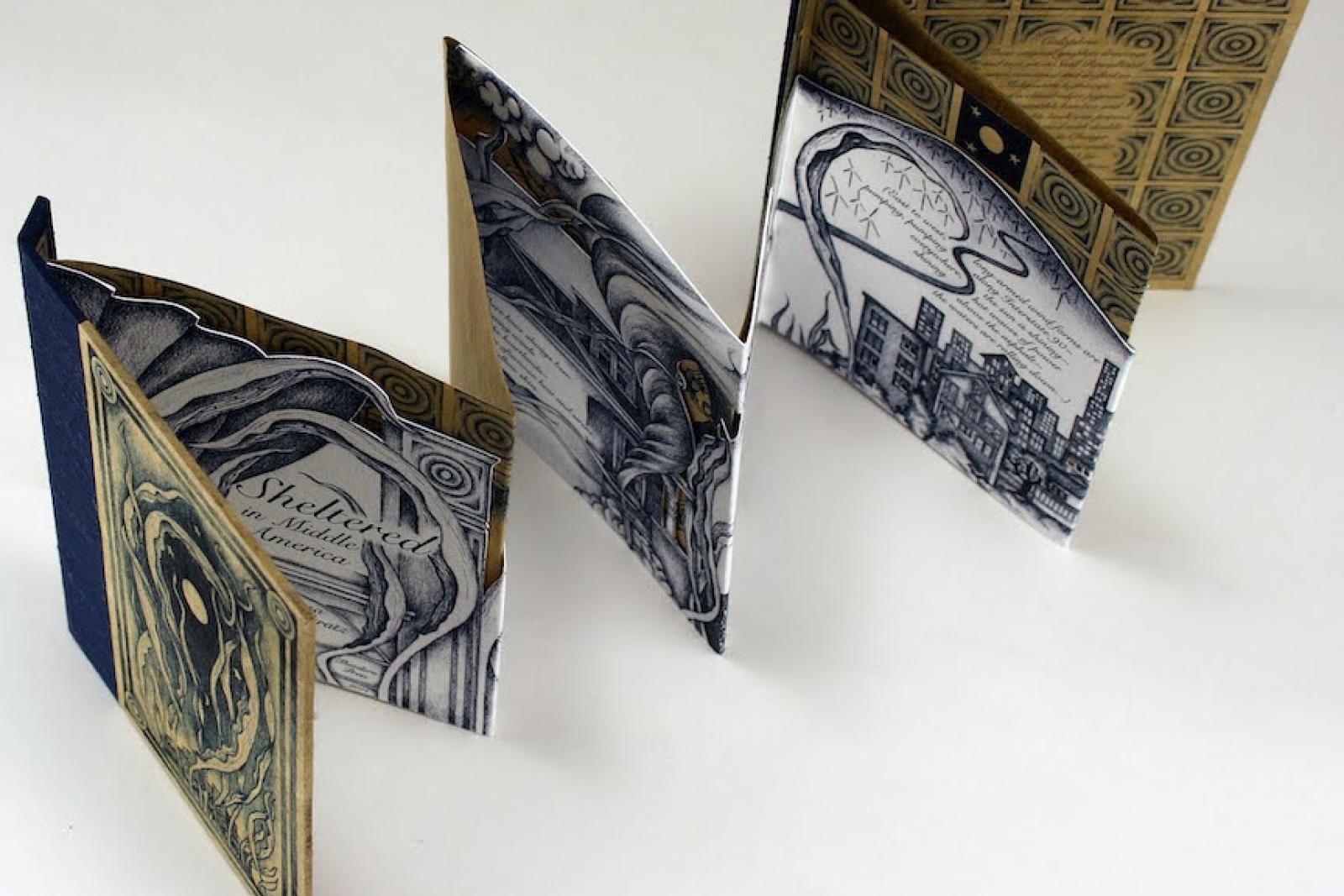
"The World Between Word and Image: Artists’ Books and Archives from Atlanta Contemporary Art Center, Nexus Contemporary Art Center, and Nexus Press" presents archival material from the Atlanta Contemporary Art Center, Nexus Contemporary Art Center, and Nexus Press collection held by the Rose Manuscript, Archives, and Rare Book Library. It features approximately 15 artists’ books displayed at a time in three cases. A fresh crop of books focusing on new themes will be rotated in every three months. A fourth case will feature archival material from records of the Atlanta Contemporary Art Center, the parent organization of Nexus Press.
At this time, the three thematic cases are as follows:
- "What Is a Book?"
- "History, Memory, and the Reinterpretation of Tradition"
- "Photography"
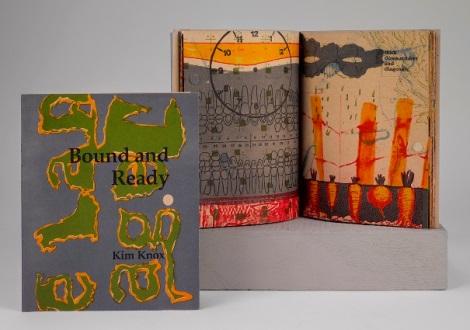
Weekdays: Free after 5pm | Weekends: Free

